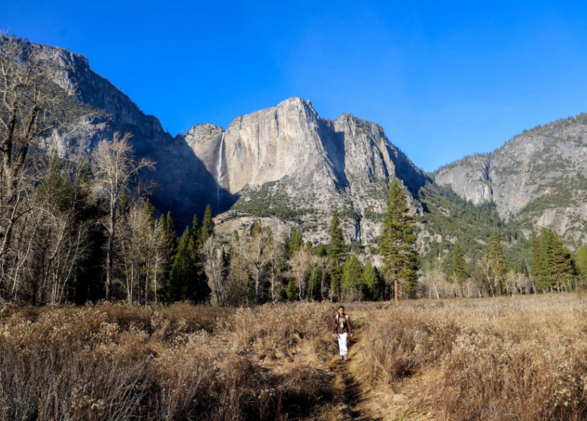SoCal Science: A Multi-Day Mystery in the Chaparral
Led by educator Brenda Ramirez, 8th grade students from Alliance Skirball Middle School embarked on a quest to solve the mystery: "Does soil type affect plant biodiversity?"
Setting Up for Success #
“My chaperone had warned me that these girls are really girly, and to be patient with them because they don’t want to get dirty.” Brenda said. "We started the day fresh, free from preconceived notions of our abilities, our likelihood of doing one thing over another, starting over from scratch in our new environment. We encouraged each other to try new things, stop and smell the flowers, and get our hands dirty, providing a safe space for growth as individuals, rather than a bunch of 'girly' girls”.
Process #
We decided to test various sites around Camp Shalom for soil type by feel. During this process, the students were getting into working with the soil with their hands. One asked if they could take it home with them and another was making clay balls and playing in the mud!
After working with the soil to determine which type was in that area, we counted all the different plants we could see, right next to the trail. Then, we took an average of the number of species found amongst all the groups. We repeated this at the second site, where we found sandy soil. Additionally, we took pH (percent Hydrogen) measurements and moisture levels at each site.
Product #
Soil Type Clay Sand
pH 7.5 7.0
Moisture Wet Wet
Phosphorus Low Medium
Nitrogen Low Low
# Plant Species 14 12
After collecting our data, we brainstormed. What did this all mean?
Among the two study sites, we found that sandy soils housed fewer plant species than the clay site, yet the Phosphorus levels were higher than the clay soil site. We concluded that the health of the soil at both sites were too similar to significantly distinguish between the two.
Trail Experience Takeaways #
Before the day ended, I asked the students to draw and describe “What does a scientist looks like?” The students got into two groups and worked together to draw their scientist. When both groups came back together, we noticed that they both had produced similar drawings; a person wearing a lab coat, holding test tubes, and were men—specifically evil male scientists from popular cartoons.
When asked to explain their drawings, the students said “That’s just the first thing that comes to mind! All the scientists on TV are men!”
This sparked a discussion not only on on sexism in the media, but also on positive role models young girls see on TV. Characters came up in discussion including Doc McStuffins, and most recently, to all the girls excitement, Shuri from Black Panther, a charismatic tech genius, pictured below. Popular media is starting to have more representation of women in science and using science in a positive way.
Young women are constantly dealing with double standards and gender expectations in the media and society. Though we only had three days together, who knows—maybe in the future, the girls from Skirball Middle School will be the first to come to mind when other young students think of a “scientist.”

